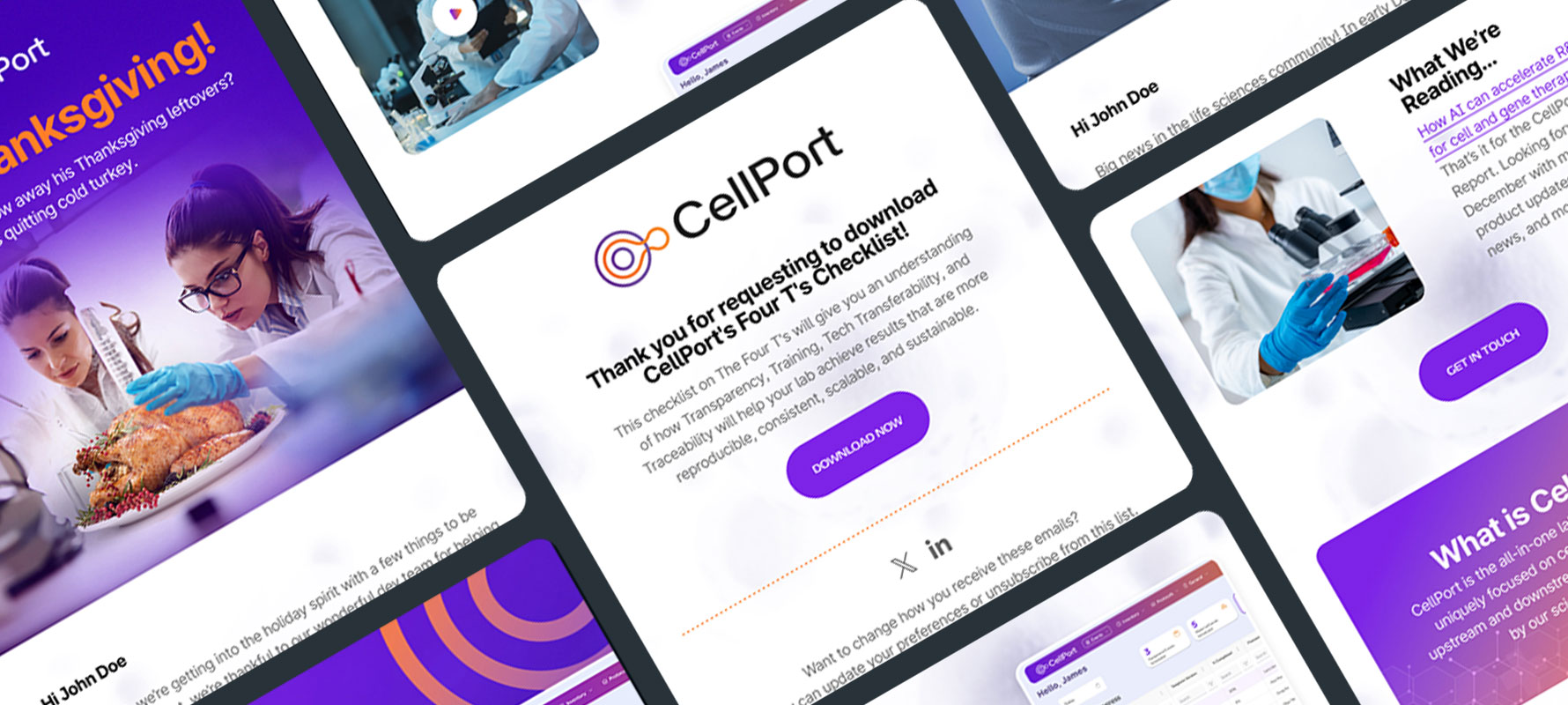
In the digital marketing realm, email remains a powerhouse for driving engagement, nurturing leads, and converting customers. However, the success of an email campaign hinges not just on its content but also on its design. As an established Creative Director and brand marketing expert, I’ve witnessed how thoughtful email design can significantly enhance campaign effectiveness. In this article, we’ll explore essential design tips for creating compelling and visually appealing email campaigns that capture attention and drive results.

Email design plays a crucial role in how recipients perceive and interact with your message. A well-designed email can improve readability, increase engagement, and reinforce your brand’s identity.
The subject line is the first thing recipients see and plays a significant role in their decision to open the email. A compelling subject line should be concise, intriguing, and relevant to the content.
Tips for Crafting Effective Subject Lines::
Preheaders are the short text snippets that appear next to or below the subject line in the inbox. They provide additional context and can significantly impact open rates.
Preheader Best Practices:
With the majority of emails being opened on mobile devices, it’s critical to design for mobile-first. Ensure your emails look great and function well on all screen sizes.
Mobile Optimization Tips:
A well-organized layout improves readability and helps guide the reader’s eye through the email. Break up content into sections and use headings to create a logical flow.
Layout Best Practices:
Visual elements like images, graphics, and videos can make your emails more engaging and memorable. However, it’s important to use visuals strategically to enhance, not overwhelm, the message.
Visual Design Tips:
Consistent branding in your emails reinforces brand recognition and trust. Ensure your emails align with your overall brand identity, including colors, fonts, and tone of voice.
Branding Best Practices:
CTAs are critical for driving conversions. A clear and compelling CTA encourages recipients to take the desired action, whether it’s making a purchase, signing up for a webinar, or downloading a resource.
CTA Design Tips:
Personalization can significantly increase engagement by making the email more relevant to the recipient. Use data and segmentation to tailor content to individual preferences and behaviors.
Personalization Techniques:
Regularly testing and optimizing your email design can lead to continuous improvements in performance. Conduct A/B tests to determine what resonates best with your audience and refine your strategy accordingly.
Testing Best Practices:

To illustrate the impact of effective email design, let’s look at a case study from our work with a tech startup, CellPort.
CellPort aimed to increase engagement and drive conversions through their email marketing campaigns. They needed a design that was visually appealing, aligned with their brand, and optimized for both desktop and mobile devices.
Subject Line and Preheader: We crafted concise, intriguing subject lines paired with complementary preheaders to boost open rates.
Responsive Design: We used a mobile-first approach with a single-column layout, ensuring the emails were easily readable on all devices.
Visual Elements: High-quality images and graphics were used strategically to enhance the message without overwhelming the content.
Clear CTAs: Prominent, action-oriented CTAs were placed in key positions to drive conversions.
Personalization: Dynamic content blocks were used to tailor the emails to individual recipients based on their preferences and behaviors.
The result was a significant increase in open rates, click-through rates, and overall engagement. CellPort saw a 30% increase in conversions, attributing much of their success to the optimized email design and personalized content.
Designing effective and eye-catching email campaigns is both an art and a science. By focusing on key elements such as compelling subject lines, mobile optimization, structured layouts, engaging visuals, consistent branding, clear CTAs, personalization, and continuous testing, you can create email campaigns that capture attention, drive engagement, and achieve your marketing goals.
At Lucent Marketing, we’ve helped numerous brands elevate their email marketing efforts through thoughtful and strategic design. Remember, the key to successful email marketing is to keep the user at the center of your design decisions. With these essentials in mind, you can create email campaigns that not only stand out in the inbox but also deliver real results for your brand.
